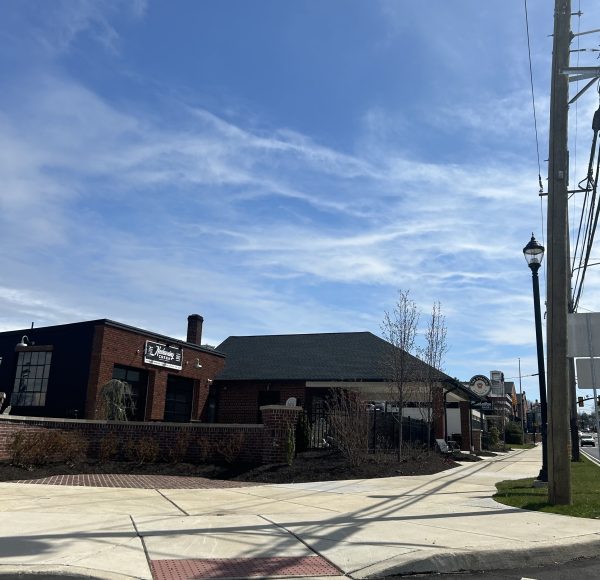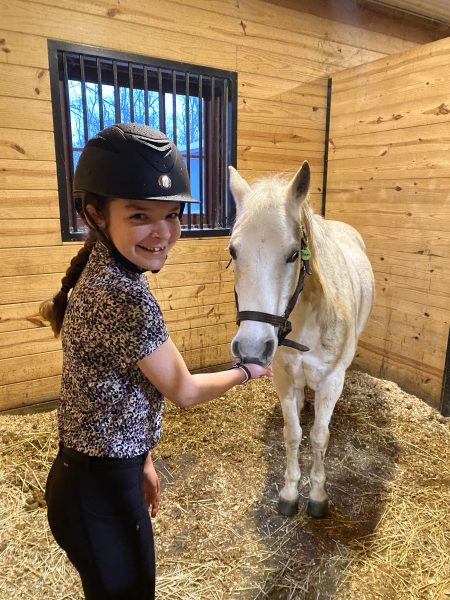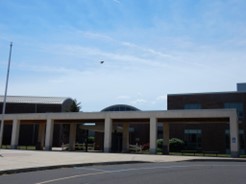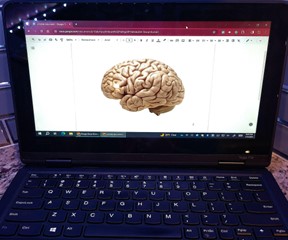The Rise of AI
February 15, 2020
Artificial intelligence excites people through its regular association with recent and future groundbreaking innovations. The ordinary person has little to no understanding of what it means, often misrepresenting it. Artificial intelligence is a necessity for innovation, although today, society should be praising the computer scientists of decades ago for their work that opened this world of possibilities. For the concept of AI is nothing new, with the start of its evolution dating back to 1950.
The origin of AI goes back to Alan Turing, a British man cherished as the father of modern computer science, but typically foreign to those outside the field. In 1950, Turing published his paper Computing Machinery and Intelligence. He suggested the possibility of machines that use information and reasoning to solve problems or make decisions, and also considered the foundations for human intelligence. To identify if a machine has this capacity, he developed the Turning Test. Simplified: can a human distinguish the machine from a human in a conversation?Coined in 1955 by John McCarther, ‘artificial intelligence’ was first brought to life in the 1960s through the development of subpar chatbots and robots. For the 30 years that followed, AI went dormant. With a lack of computational power, AI was hopeless until just before the turn of the century. Finally, it became plausible to create purposeful AI. IBM reignited the AI field, developing Deep Blue, a chess-playing computer that beat the world champion at that time. With that, interest in AI research suddenly followed, primarily from universities like MIT and Stanford.
Over the last decade, companies have turned to AI with a focus on consumers. AI now infiltrates people’s daily lives, whether they realize it or not. Siri and Alexa, the two prevailing virtual voice assistants, control our lives through the internet. Google Search provides extremely relevant results, with an answer every time. Amazon recommends new products based on your purchase and search histories. Daily trends in traffic create predictions in navigation apps. Weather forecasts are instantly updated and accurate down to the ZIP code. Each of these relies on processing old data and mistakes to make better predictions; this is artificial intelligence as we know it today.
In the not-so-distant future, self-driving cars, faster diagnoses, the discovery of treatment options, and even robot companions will become readily available. Recently, researchers are diving deeper into machine learning. According to the National Academy of Engineering, their most significant challenge is first to reverse-engineer the brain. With a solid understanding of how the human brain creates connections to learn, experts hope to replicate the function artificially to take an unprecedented next step for artificial intelligence. As Alan Turing said, “We can only see a short distance ahead, but we can see plenty there that needs to be done”.









